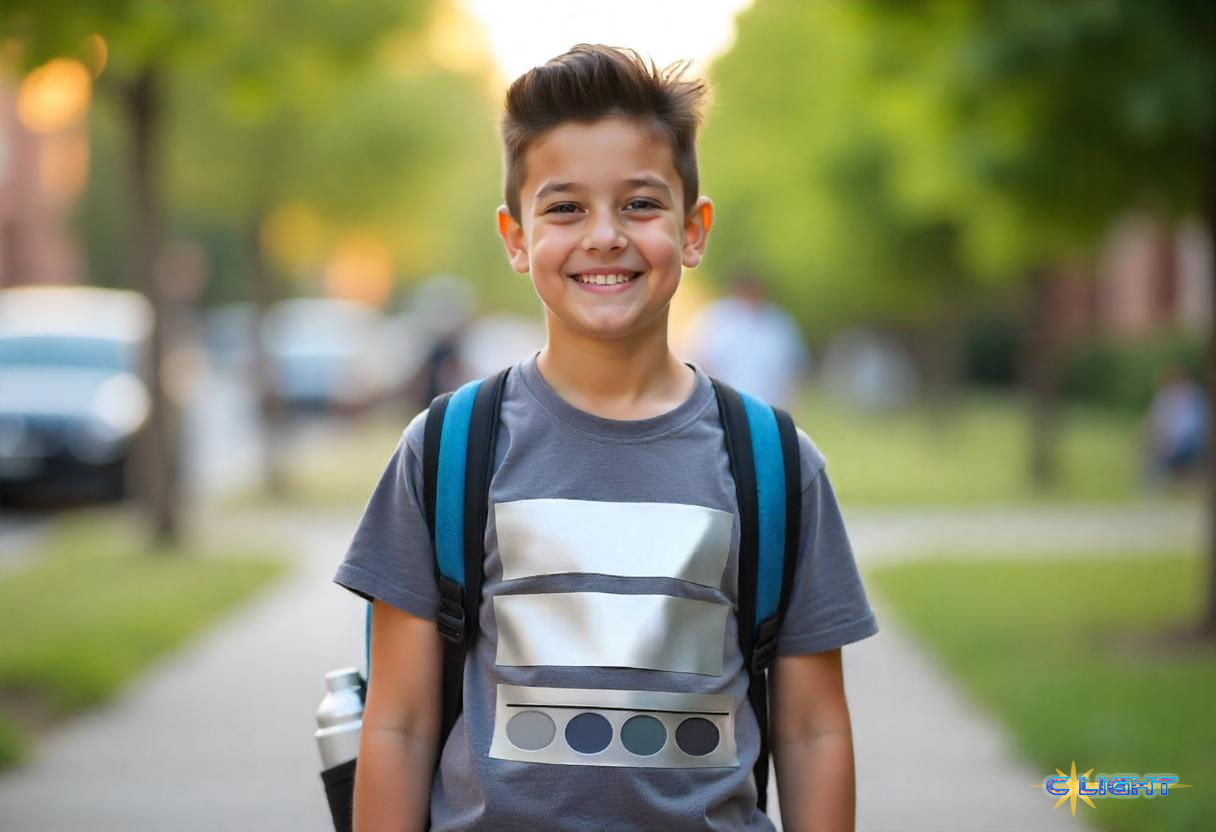Washington D.C. – The Supreme Court on Tuesday chose silence, and in doing so, may have spoken volumes about the embattled state of student free speech in America. By declining to hear the appeal of Liam Morrison, a Massachusetts middle schooler barred from wearing a T-shirt proclaiming, “There Are Only Two Genders,” the nation’s highest court allowed a lower court ruling to stand—a ruling that significantly alarms First Amendment advocates. This “non-decision” is being seen not just as a loss for one student’s expression, but as a worrying signal that the bar for censoring speech, even passive T-shirt slogans, is being lowered if that speech is deemed offensive or disruptive to the prevailing sensitivities within a school environment, with potential implications reaching far beyond the classroom.
The case of Liam Morrison began in March 2023 at the John T. Nichols Middle School in Middleborough, Massachusetts. Then a seventh grader, Morrison wore his “Two Genders” T-shirt to school. He was told by the principal that other students had complained the shirt “made them upset” and that it “attacked their identities.” When Morrison declined to remove it, he was sent home. A subsequent attempt to wear a shirt with the message “There Are CENSORED Genders” met the same fate.
The school officials, and later the 1st U.S. Circuit Court of Appeals, justified the ban by citing concerns for the well-being of transgender and gender-nonconforming students, some of whom reportedly faced serious mental health struggles due to how they were treated by others. The 1st Circuit, deferring to educators, found it “reasonable to predict that the T-shirt will ‘poison the educational atmosphere'” and disrupt learning, and that transgender students “have a right to attend school without being confronted by messages attacking their identities.” They argued this aligned with the Supreme Court’s 1969 Tinker v. Des Moines standard, which permits schools to restrict student speech if it substantially disrupts education or invades the rights of others.
However, for First Amendment advocates and the dissenting Supreme Court justices, Samuel Alito and Clarence Thomas, this interpretation of Tinker is a dangerous erosion of student speech rights. Justice Alito, in a lengthy dissent from the Court’s refusal to hear the case, argued that the 1st Circuit “watered down” Tinker’s “demanding standard.” “Free speech should be the rule, not the exception,” Alito wrote, criticizing the lower court for deferring to “speculation” about disruption where none had actually occurred, and for accepting that a message could be banned simply because it “demeaned others’ personal identity.” As Alito powerfully contended, “Feeling upset, however, is an unavoidable part of living in our ‘often disputations’ society… [and] the desire to avoid discomfort or unpleasantness is no reason to thwart a student’s speech.”

The crux of the alarm for free speech proponents lies here. The Supreme Court’s inaction leaves in place a standard where student speech can be suppressed based on its perceived emotional impact on others, even if that speech is passive (like a T-shirt slogan) and not directly targeted harassment. Morrison’s lawyers from the Alliance Defending Freedom argued he was simply trying to participate in the “marketplace of ideas” on a widely discussed societal topic, especially as his father pointed out the school itself promoted pro-transgender messages, suggesting viewpoint discrimination.
By not taking the case, the Supreme Court sidesteps an opportunity to clarify how Tinker applies in today’s intensely polarized “culture war” environment. As Justice Alito warned, as long as the lower court’s decision stands, “thousands of students will attend school without the full panoply of First Amendment rights,” and lower courts will remain “confused on how to manage the tension between students’ rights and schools’ obligations.”
The implications are deeply concerning. T-shirt slogans have long been a form of personal expression, often testing the boundaries of speech precisely because they are concise, visible, and sometimes provocative. If the standard for censoring such expression in schools is merely that it might make some students “upset” or feel their identity is “attacked”—terms that are inherently subjective and open to broad interpretation—where does the line get drawn? Does this empower a “heckler’s veto” by those who feel offended? Does it push school administrators towards censoring any viewpoint that isn’t universally accepted or risks causing discomfort, thereby sanitizing the educational environment of challenging ideas?
Moreover, as you insightfully noted, there’s a legitimate fear that “what stands in the classroom likely also stands out on the street.” While schools do have a special interest in maintaining an orderly learning environment, principles established (or left uncorrected) regarding permissible speech restrictions can easily bleed into broader public discourse. If the rationale for suppressing speech is to prevent offense or shield identities from “attack,” similar arguments could be increasingly used to curtail unpopular or dissenting views in other public forums.

The Supreme Court is currently grappling with several other high-profile cases touching on transgender rights, religious objections to LGBTQ+ content, and related First Amendment issues, all against the backdrop of a federal administration under President Trump that has issued executive orders defining sex as binary and unchangeable. The Court’s decision to sidestep this particular T-shirt case might be a strategic move to await a case with different factual nuances or to avoid another deeply divisive ruling this term.
Regardless of the Court’s internal calculations, its silence in Morrison v. Town of Middleborough sends a chilling message. It leaves a precedent in the 1st Circuit that significantly weakens student free speech protections and potentially normalizes the idea that speech can be restricted simply because it is deemed “demeaning” by some or uncomfortable for others. For those who believe the First Amendment exists precisely to protect even (and especially) speech that challenges, offends, or provokes, this non-decision is a profound disappointment and a signal that the battle to defend robust free expression, both within school walls and beyond, is far from over. Clarity and courage from the highest court are desperately needed.
Discover more from Clight Morning Analysis
Subscribe to get the latest posts sent to your email.










